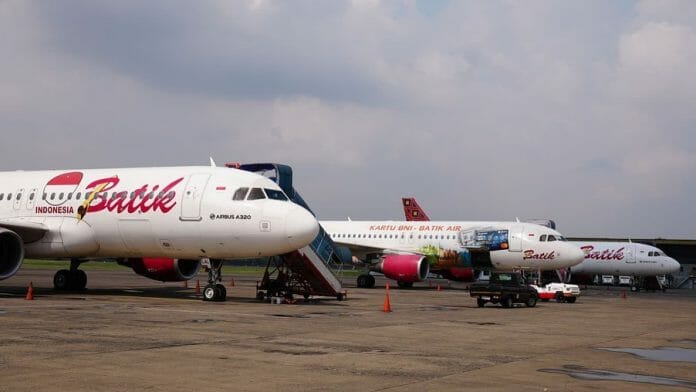The Malaysian Aviation Commission in the 12th edition of its Industry December report, Waypoint, highlighted the total passenger traffic in Malaysia peaked in 3Q22 at 15.6 million, reaching its highest point since the commencement of the pandemic.
On the back of a low base effect, as well as given the full reopening of Malaysia’s international borders in April 2022, passenger traffic grew by a robust 1,434.3 percent year-on-year (YoY). Domestic and international passenger traffic reached 71.3 percent and 38.6 per cent of pre-pandemic levels, respectively, representing an overall 55.9 percent recovery based on the same quarter in 2019 (3Q19). This improvement brings the passenger traffic number in the first 10 months of 2022 to 42.2 million, surpassing the passenger traffic figures in 2020 and 2021 combined.
Executive Chairman of MAVCOM, Datuk Seri Hj. Saripuddin Hj. Kasim said, “introduction of new air service routes by local airlines, as well as the relaxation of travel restrictions around the world, have contributed significantly to the recovery of passenger traffic to Malaysia.”
Malaysia’s 2022 air passenger traffic is set to outperform the Commission’s best-case scenario forecast, with the highest number of seats scheduled in the final quarter of 2022 (4Q22). In line with global passenger traffic recovery, the Commission anticipates that air passenger traffic in 2023 will grow between 40 percent and 52 percent YoY, translating to between 74.6 million and 80.8 million passengers. This will be driven by the gradual restoration of key markets beginning 4Q22, with local carriers, including Malaysia Airlines, AirAsia, AirAsia X, and Batik Air, having made plans to restore capacity and increase frequency, particularly in relation to popular destinations such as Hong Kong, Japan, Taiwan, Australia, and the Middle East.
MAVCOM also notes that 2023 cargo traffic is forecasted to grow between 3 percent and 4.8 percent YoY to between 22.4 billion and 22.8 billion Freight Tonne Kilometre (FTK) due to the continued growth of e-commerce and the electrical and electronics (E&E) sector. Nonetheless, the sector faces potential challenges in the year ahead, such as persistent inflationary pressure, rising interest rates, and recession fears.
Given the fact that improving connectivity is one of the Commission’s regulatory functions, Waypoint also highlighted current air connectivity statistics and made various recommendations to improve Malaysia’s air connectivity.
Based on MAVCOM’s Air Connectivity Index, Malaysia’s ranking as the most connected country in ASEAN in 3Q22 dropped from fifth to sixth place, partially due to China’s zero COVID-19 policy, as only a limited number of slots were available to China. While Malaysia offered more international seats and destinations, its higher percentage of international seats scheduled to low-weightage airports further contributed to the slight drop in ranking. Meanwhile, KL International Airport was the fourth-most connected airport in ASEAN behind Changi Airport in Singapore, Suvarnabhumi – New Bangkok International Airport in Thailand, and the Ninoy Aquino International Airport in the Philippines.
He added, “While China’s zero COVID-19 policy continues to affect passenger traffic in Malaysia and globally, ongoing recovery in other international markets has dampened its impact. The Commission is confident that Malaysia is well on track in its recovery.









